Building Collaborative Learning Communities with the Flipped Classroom
26 February 2025
The traditional classroom setup has long been the go-to model for delivering education. Teachers stand at the front of the room, delivering lectures, while students sit passively, taking notes and absorbing the information. But is this method still effective in today’s fast-paced, tech-savvy world? Probably not. In fact, more and more educators are realizing that collaborative learning and active engagement are what's driving deeper understanding and retention of knowledge.
One model that’s rapidly gaining traction is the flipped classroom. But what exactly is it? And how does it help build collaborative learning communities? Let's dive into these questions and explore how the flipped classroom can transform education.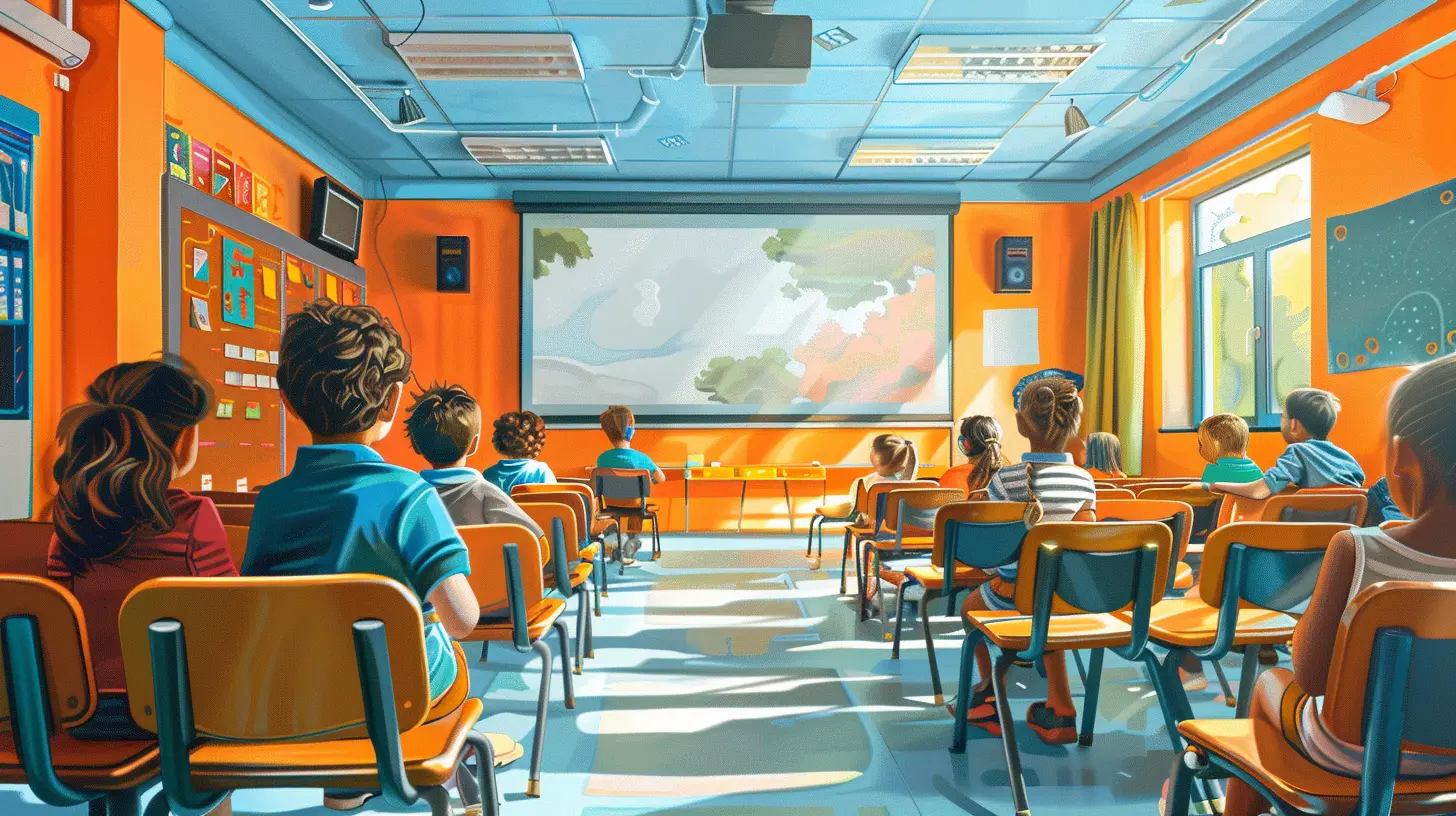
What is a Flipped Classroom?
The concept of the flipped classroom is revolutionary, yet surprisingly simple. In a traditional classroom, teachers deliver content during class time, and students complete assignments and homework on their own later. In a flipped classroom, this model is, well, flipped!Here’s how it works:
1. Pre-Class Content Delivery: Instead of lecturing during class, teachers provide students with content (videos, podcasts, readings, etc.) prior to the lesson. Students engage with these materials at home or in their own time.
2. In-Class Active Learning: Once students come to class, the time is dedicated to hands-on activities—discussions, group work, problem-solving, or projects. This is where the magic happens. Students collaborate, apply what they’ve learned, and clarify any misunderstandings with their peers and the teacher.
At its core, the flipped classroom shifts the focus from passive learning to active participation, enabling students to engage deeply with the material while fostering a collaborative environment.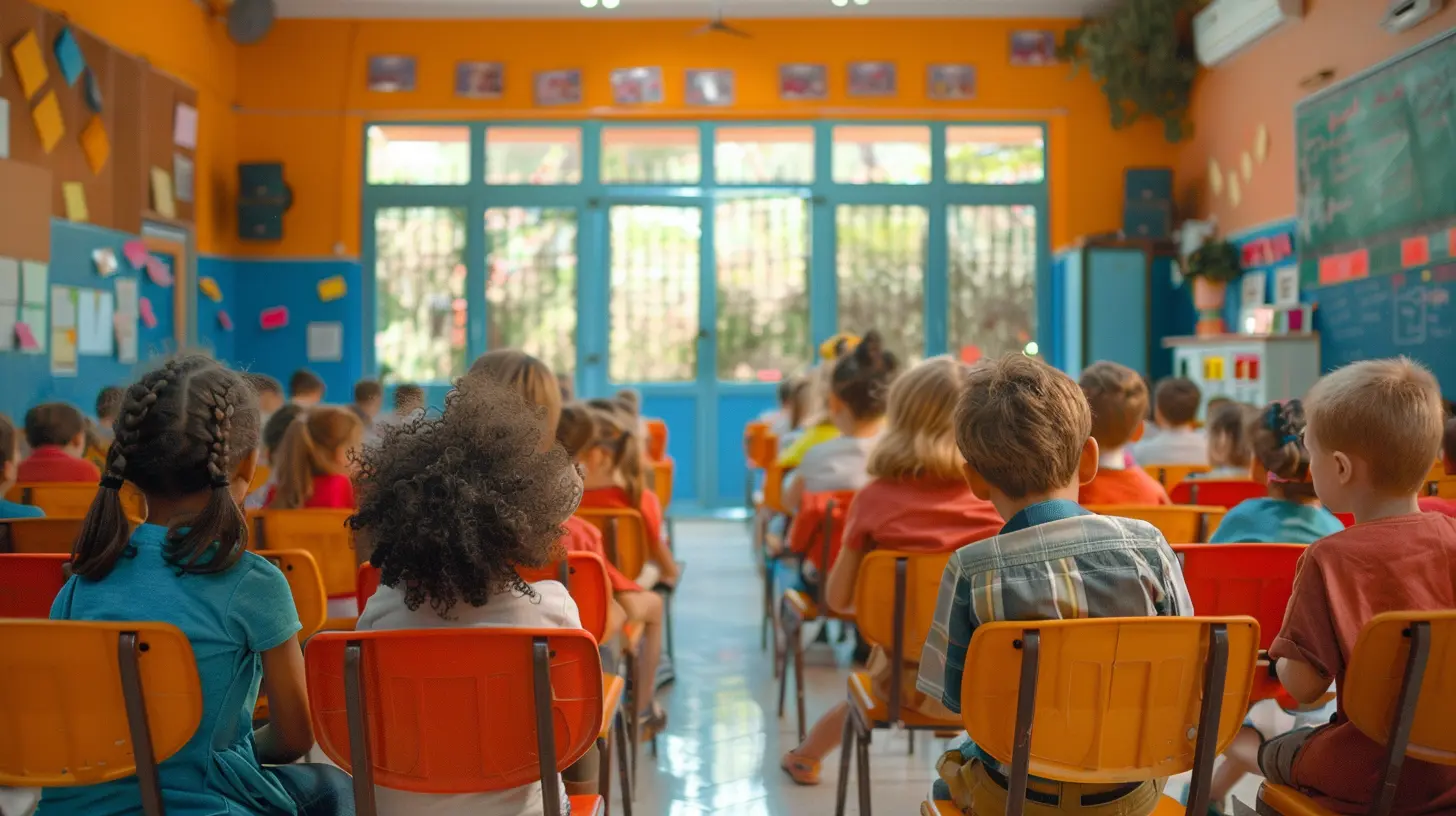
The Role of Collaboration in Learning
Before we get into how the flipped classroom builds collaborative learning communities, let’s talk about why collaboration is so important in education.The days of learning in isolation are over. Today, the workforce values teamwork, communication, and problem-solving skills more than ever. Collaboration allows students to:
- Learn from each other: Everyone has a different perspective and approach to learning. When students collaborate, they gain insights they might not have encountered on their own.
- Build critical thinking skills: Engaging in discussions with peers challenges students to think critically, question assumptions, and defend their ideas.
- Improve retention: Studies show that people retain knowledge better when they explain it to others. Group work and discussions encourage students to teach and learn from one another, which solidifies their understanding.
So, how does the flipped classroom foster these collaborative opportunities? Let’s break it down.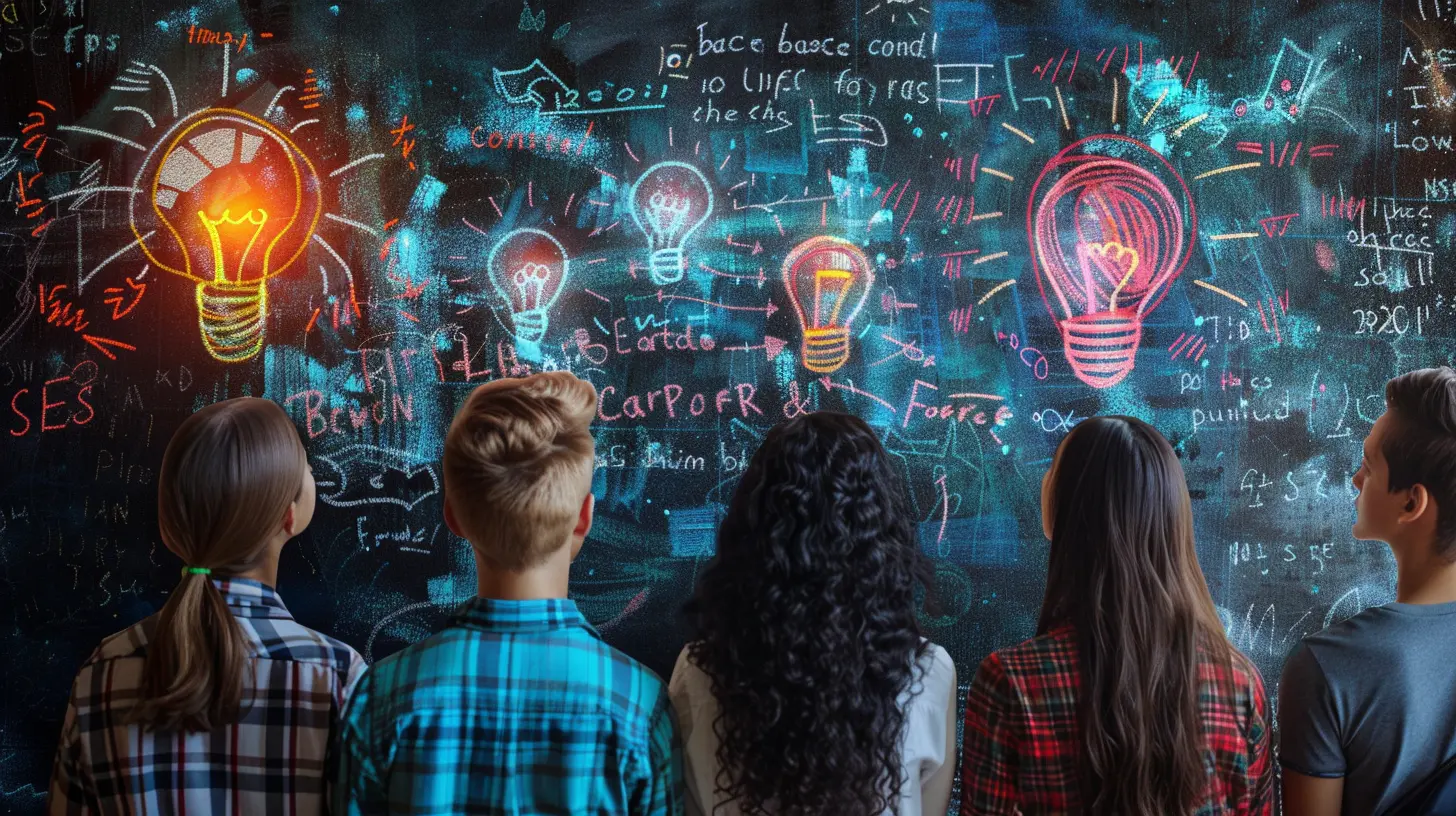
How the Flipped Classroom Encourages Collaboration
The flipped classroom not only allows for more collaboration but thrives on it. Here’s how:1. More Time for Interaction
In a traditional classroom, a significant portion of time is spent on lectures. This leaves little room for meaningful interaction between students. In contrast, the flipped classroom moves lectures outside of class time, freeing up valuable hours for students to engage with each other.This extra time can be used for:
- Group discussions: Imagine a class where students debate and discuss the material they’ve already reviewed at home. This deepens their understanding and encourages them to learn from their peers.
- Collaborative problem-solving: In math, science, or engineering classes, students can work together to solve problems, share strategies, and learn from each other’s processes.
- Project-based learning: With more time available in class, teachers can assign longer-term group projects, giving students the opportunity to collaborate over an extended period.
2. Peer Teaching
One of the most powerful aspects of a flipped classroom is the opportunity for students to teach each other. In a collaborative learning community, peer teaching happens naturally. When students come to class prepared, they can help their classmates who may have struggled with the pre-class materials.This offers a double benefit:
- The student being taught gains a new perspective and clearer understanding.
- The student doing the teaching reinforces their own knowledge and builds confidence.
Doesn't that sound like a win-win?
3. Teachers as Facilitators
In the flipped classroom model, teachers shift from being the "sage on the stage" to the "guide on the side." Instead of lecturing, they facilitate discussions, guide group activities, and provide support where needed.This approach encourages a more student-centered learning environment. The focus is no longer on the teacher delivering information but rather on students constructing their own knowledge through interactions with their peers.
Teachers in this role can identify struggling students and provide personalized support, while also encouraging higher-level thinking and collaboration among the group.
4. Engaging Learning Materials
Flipping the classroom requires teachers to create or curate engaging pre-class materials. These could be videos, podcasts, articles, or interactive modules that students can work through at their own pace.The key here is that students arrive in class already having a foundational understanding of the topic. This foundational knowledge allows them to hit the ground running when it’s time to collaborate.
By offering a variety of content formats, teachers can cater to different learning styles, making it easier for every student to participate in collaborative activities.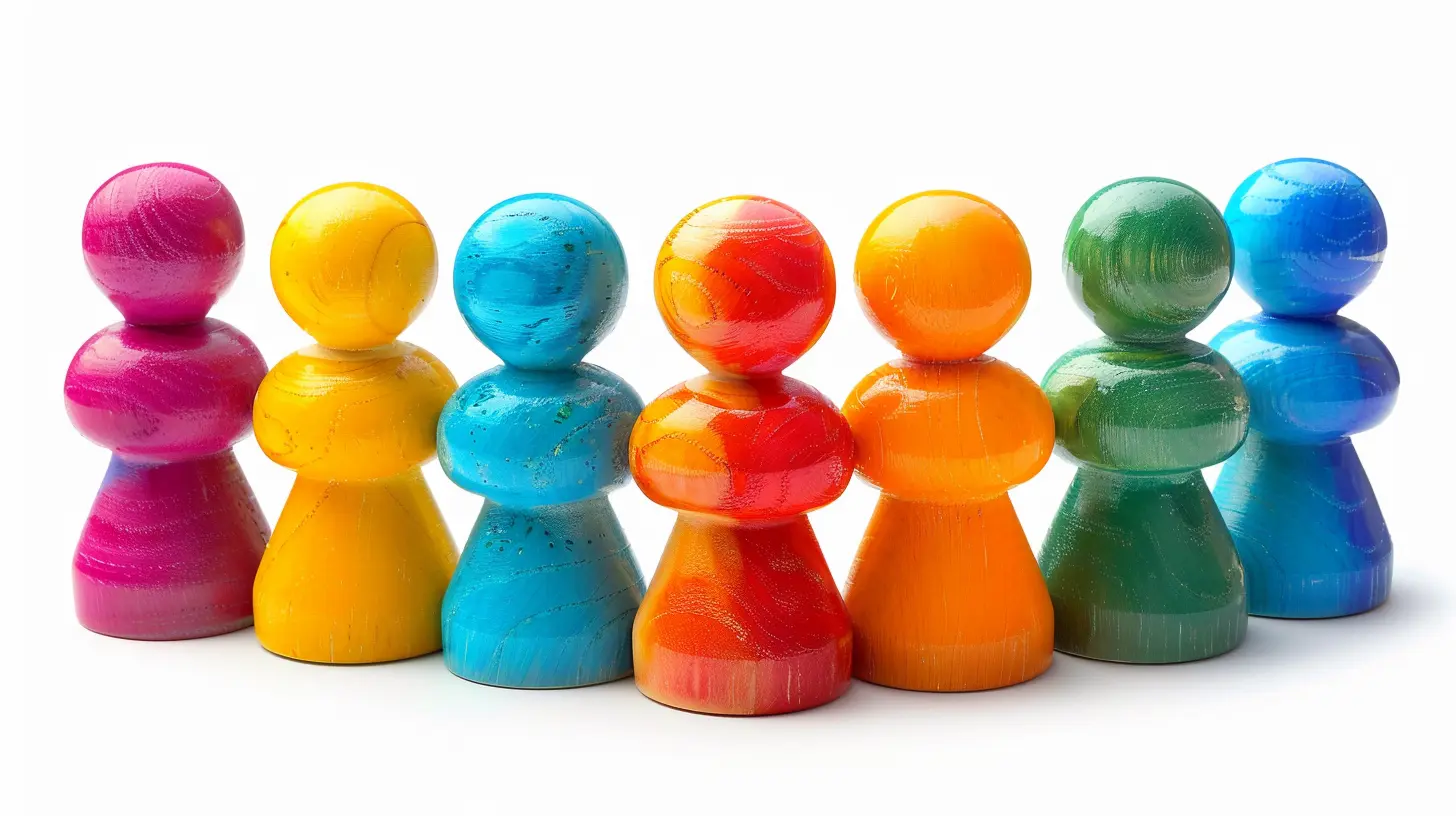
Technology's Role in the Flipped Classroom
The flipped classroom wouldn’t be as effective without the help of technology. Thanks to digital tools, students can easily access and interact with pre-class materials—and technology also plays a key role in fostering collaboration.Here are a few tech tools that are commonly used in flipped classrooms:
1. Video Platforms (YouTube, Vimeo, Edpuzzle)
Teachers often create or share instructional videos that students can watch before class. These videos can be paused, rewound, or watched multiple times, allowing students to learn at their own pace. Some platforms like Edpuzzle even allow teachers to embed questions within the video, making the content more interactive.2. Learning Management Systems (LMS)
Platforms like Google Classroom, Canvas, or Moodle act as hubs where teachers can post materials, assignments, and discussion forums. These systems make it easy for students to ask questions, collaborate on projects, and access resources.3. Collaborative Tools (Google Docs, Padlet, Slack)
Collaboration doesn’t have to be limited to the classroom. Tools like Google Docs allow students to work together on shared documents in real time, no matter where they are. Padlet is another fun tool, acting like a digital bulletin board where students can share ideas, images, and links.Overcoming Challenges in the Flipped Classroom Model
Like any educational model, the flipped classroom isn’t without its challenges. However, with careful planning, these obstacles can be overcome:1. Access to Technology
Not all students have equal access to the internet or devices at home. Teachers must find ways to accommodate these students—perhaps by providing time during school hours to access the materials or offering offline alternatives.2. Student Preparation
The flipped model hinges on students coming to class prepared. If they haven’t engaged with the pre-class materials, the in-class activities may fall flat. To combat this, teachers can implement strategies like short quizzes or reflections to ensure students are prepared.3. Resistance to Change
Both students and teachers may be resistant to shifting from a traditional model. It takes time for everyone to adjust to the new structure, and teachers may need support and professional development to implement the flipped classroom successfully.Benefits of Building Collaborative Learning Communities
Now that we’ve covered how the flipped classroom works, let’s explore the benefits of building a collaborative learning community within this model:1. Enhanced Engagement
When students are part of a collaborative community, they’re more engaged. They feel a sense of responsibility—not just to themselves but to their peers. This engagement naturally leads to improved learning outcomes.2. Development of Soft Skills
In addition to academic knowledge, collaborative learning helps students develop essential soft skills like communication, teamwork, and leadership. These skills are crucial for success in both college and the workforce.3. Increased Confidence
Working in groups allows students to build confidence in their abilities. Whether they’re explaining a concept to a peer or contributing to a group project, students gain a sense of achievement and empowerment.4. Lifelong Learning
Collaboration fosters a love of learning. When students realize that education is a shared experience, they’re more likely to continue seeking out knowledge throughout their lives.Conclusion
The flipped classroom is more than just a trendy new approach to teaching; it’s a powerful tool for building collaborative learning communities that benefit both students and teachers. By shifting the focus from passive learning to active engagement, the flipped classroom encourages students to work together, solve problems, and deepen their understanding of the material.In today’s world, where collaboration and critical thinking are more important than ever, the flipped classroom offers a way to prepare students not just for exams but for life.
So, what are you waiting for? It’s time to flip the script on traditional education and cultivate a classroom environment that thrives on collaboration and active learning.
all images in this post were generated using AI tools
Category:
Flipped ClassroomAuthor:

Eva Barker
Discussion
rate this article
18 comments
Jett Edwards
Oh sure, because nothing says “collaboration” like staring at a screen while pretending to listen to a video. Who needs face-to-face interaction anyway?
March 20, 2025 at 10:00 PM

Eva Barker
I appreciate your perspective! While screen time can feel isolating, the flipped classroom model encourages deeper engagement in discussions and hands-on activities during in-person sessions, fostering true collaboration.
Greta McCray
Great insights on fostering collaboration in flipped classrooms! The emphasis on student engagement and peer interaction is crucial for effective learning. I'm excited to see how these strategies can enhance educational outcomes in diverse settings.
March 19, 2025 at 5:18 AM

Eva Barker
Thank you for your thoughtful comment! I'm glad you found the insights valuable and share your enthusiasm for enhancing collaboration and engagement in flipped classrooms.
Jace McMurtry
Empower learning together—collaboration transforms education!
March 17, 2025 at 8:16 PM

Eva Barker
Thank you! I completely agree—collaboration is key to enhancing the learning experience in a flipped classroom. Together, we can create dynamic educational environments!
Stacey McKinney
This article effectively highlights the potential of flipped classrooms to foster collaboration, but it could further explore challenges and strategies for sustainable community engagement.
March 15, 2025 at 5:21 AM

Eva Barker
Thank you for your insightful feedback! I appreciate your suggestion and will consider expanding on challenges and strategies for sustainable community engagement in future discussions.
Porter McCarthy
Empowering voices fosters deeper collective understanding.
March 14, 2025 at 7:48 PM

Eva Barker
Absolutely! Empowering diverse voices is essential for enriching collaboration and enhancing the learning experience in a flipped classroom.
Uriah Rios
Empower learners together; collaboration sparks limitless potential!
March 14, 2025 at 12:02 PM

Eva Barker
Absolutely! Collaboration truly enhances learning, allowing us to unlock each learner's full potential. Let's keep fostering those connections!
Haven Diaz
This article effectively highlights the synergy of flipped classrooms and collaborative learning communities, fostering student engagement and ownership of learning. Such innovative approaches can enhance critical thinking and peer interaction, preparing students for real-world challenges.
March 12, 2025 at 7:24 PM

Eva Barker
Thank you for your insightful comment! I'm glad you found the synergy between flipped classrooms and collaborative learning valuable for enhancing student engagement and critical thinking.
Elias McIlwain
Flipped classrooms enhance collaboration by promoting active learning and peer interaction effectively.
March 12, 2025 at 11:49 AM

Eva Barker
Thank you for your insightful comment! I completely agree—flipped classrooms indeed foster a dynamic environment for collaboration and active engagement among learners.
Wilder Wilkerson
This article highlights the transformative potential of flipped classrooms in fostering collaboration. I appreciate the emphasis on community-building, as it not only enhances engagement but also empowers students to take ownership of their learning journey.
March 11, 2025 at 12:18 PM

Eva Barker
Thank you for your thoughtful feedback! I’m glad you found the emphasis on community-building and student empowerment resonant. Collaboration truly is key in the flipped classroom approach.
Valencia Jordan
Great insights on fostering collaboration in flipped classrooms! Practical tips could enhance implementation for educators.
March 11, 2025 at 3:48 AM

Eva Barker
Thank you for your feedback! I appreciate your suggestion and will consider adding practical tips for educators in future discussions.
Mallory McAllister
Great insights on enhancing collaboration through flipping!
March 10, 2025 at 4:41 AM

Eva Barker
Thank you! I'm glad you found the insights helpful in promoting collaboration!
Vaughn Roth
This article effectively highlights the benefits of integrating flipped classrooms to foster collaborative learning communities. By empowering students to take charge of their learning, educators can enhance engagement, critical thinking, and peer interaction. A valuable read!
March 8, 2025 at 12:35 PM

Eva Barker
Thank you for your thoughtful feedback! I'm glad you found the article valuable in highlighting the benefits of flipped classrooms for fostering collaboration and engagement.
Leo McVaney
This article effectively highlights the benefits of the flipped classroom model in fostering collaborative learning communities, enhancing student engagement and participation. Great insights!
March 7, 2025 at 8:20 PM

Eva Barker
Thank you for your thoughtful feedback! I’m glad you found the article insightful.
Ace Sawyer
Flipping classrooms is like turning your homework upside down—who knew we'd be the ones doing the flipping? Just remember, if you can’t find your socks after a flipped lesson, it’s probably because they’re out collaborating with your missing textbooks. Happy learning, everyone!
March 5, 2025 at 11:43 AM

Eva Barker
Thank you for your clever take on flipping classrooms! It truly emphasizes the importance of collaboration in enhancing the learning experience. Happy learning to you too!
Riff Alexander
Great insights on collaboration! Thanks!
March 4, 2025 at 5:49 AM

Eva Barker
Thank you for your kind words! I'm glad you found the insights valuable.
Melina Wheeler
The integration of flipped classrooms fosters collaborative learning communities by encouraging active participation and peer engagement. This approach not only enhances student comprehension but also cultivates essential skills such as teamwork and critical thinking, preparing learners for real-world challenges effectively.
February 28, 2025 at 9:05 PM

Eva Barker
Thank you for your insightful comment! I completely agree that flipped classrooms significantly enhance collaboration and skill development, making students better prepared for real-world challenges.
Karen McCartney
What a fantastic article! Embracing the flipped classroom model truly transforms learning into a collaborative adventure. Building strong communities not only enhances engagement but also sparks creativity and critical thinking. Let’s inspire more educators to join this joyful journey!
February 27, 2025 at 10:02 PM

Eva Barker
Thank you for your kind words! I'm thrilled you resonate with the flipped classroom model and its potential to foster collaboration and creativity in learning communities. Let's inspire others together!
Holly Bishop
Excited to explore collaborative learning! Great insights on the flipped classroom!
February 27, 2025 at 11:35 AM

Eva Barker
Thank you! I'm glad you found the insights helpful. Excited for your journey in collaborative learning!
MORE POSTS

The Impact of Personality Traits on Learning Preferences
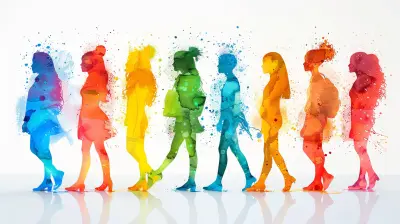
The Influence of Stereotype Threat on Student Performance
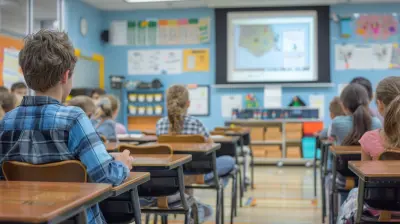
How to Incorporate Peer Teaching in the Flipped Classroom

How Urbanization Changed the Course of Human History

The Power of Storytelling: Using Narratives in Lesson Planning

The Role of Emotion in Decision-Making and Problem-Solving

Flipped Classroom: Redefining Homework and Classwork
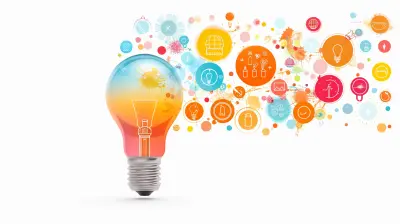
Project-Based Learning for Language Acquisition and Development

Encouraging Active Participation Through Classroom Management

The Role of Mentorship in Developing Creative Young Minds
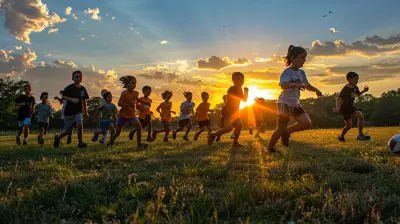
How Sports Teach Discipline and Time Management